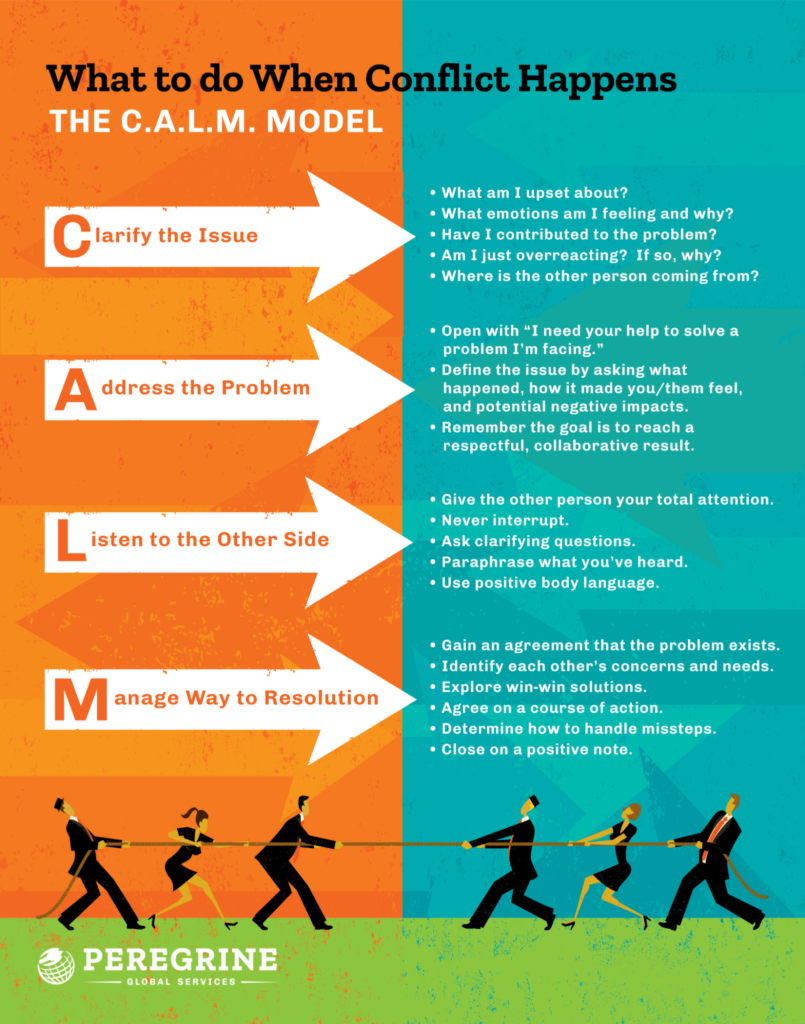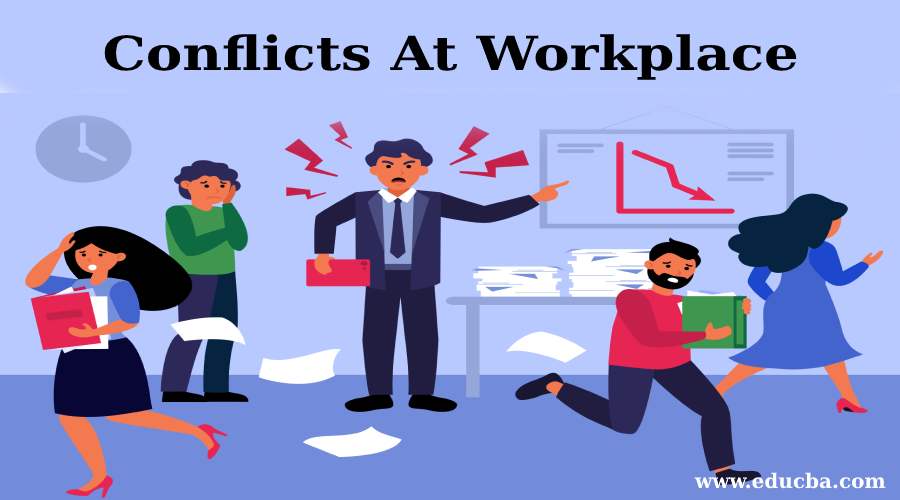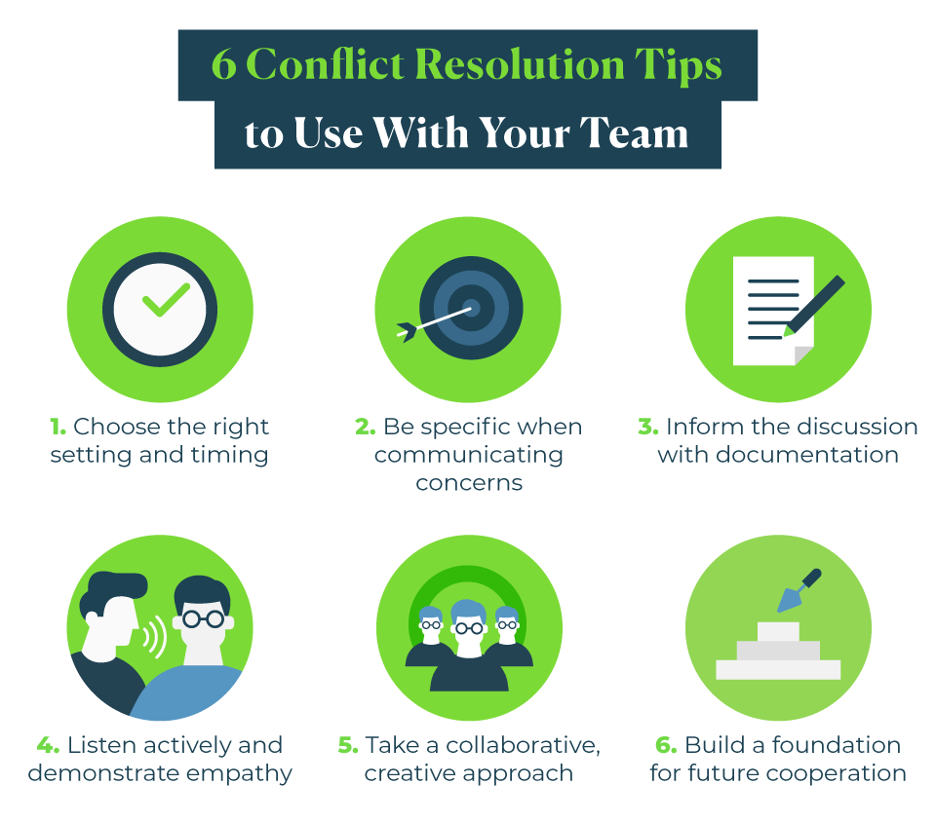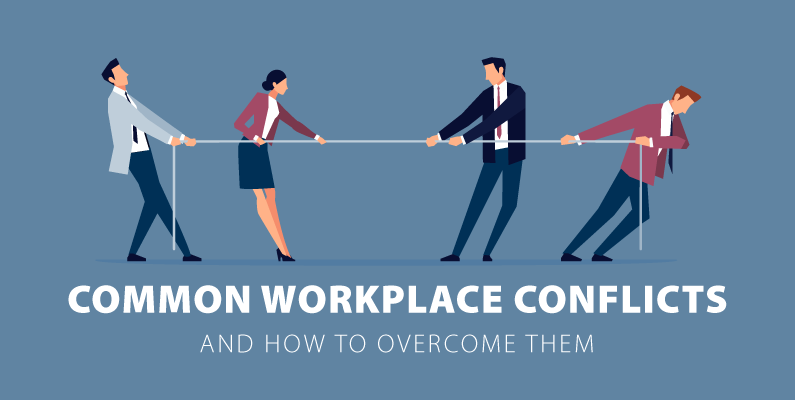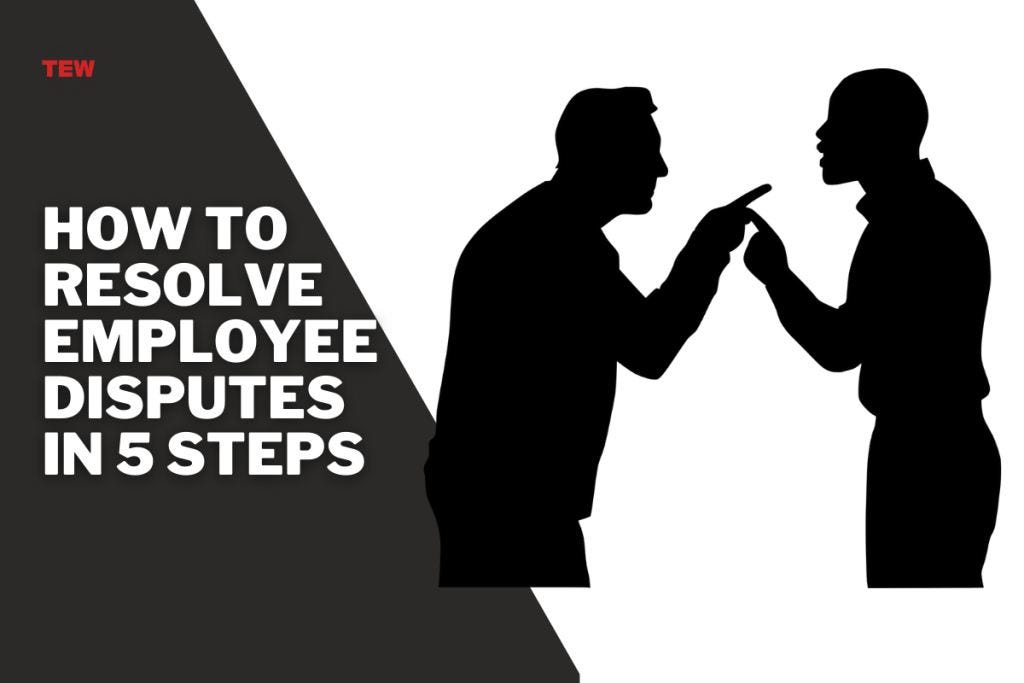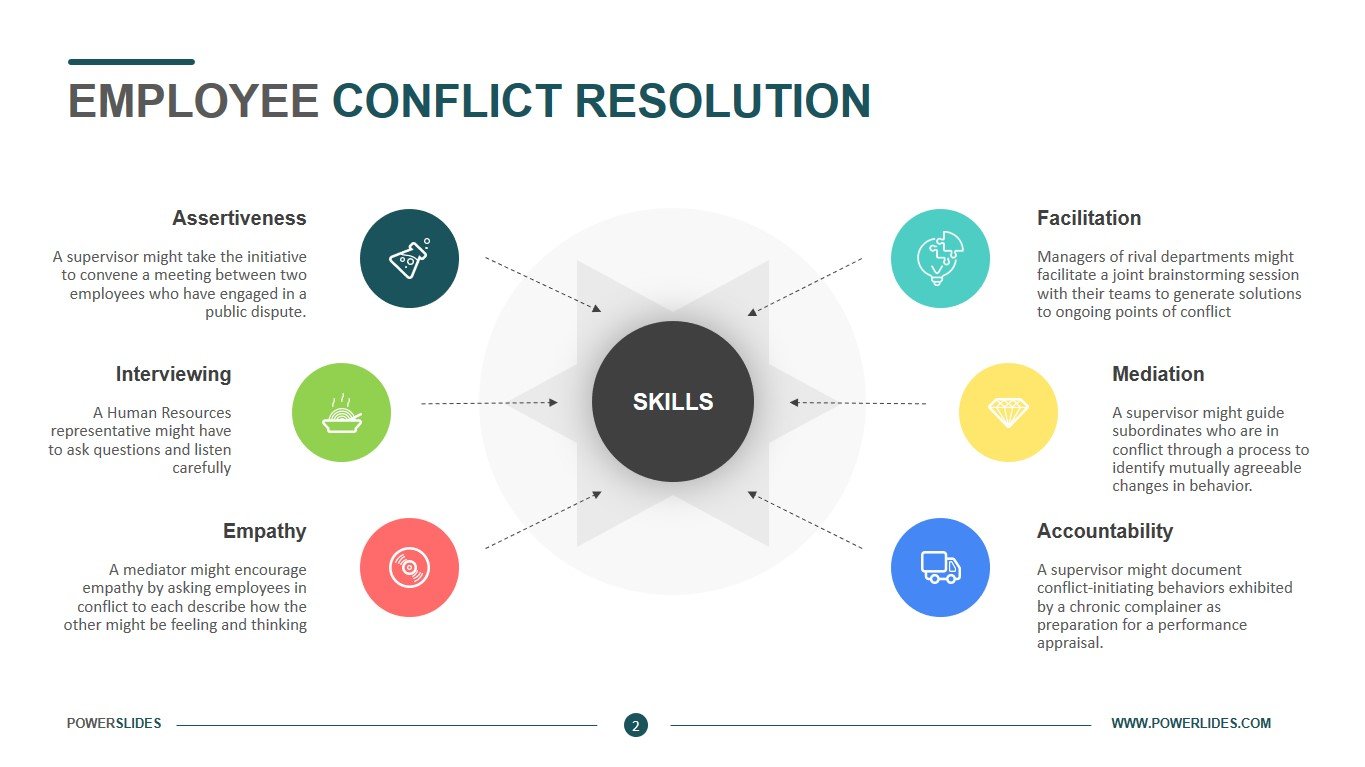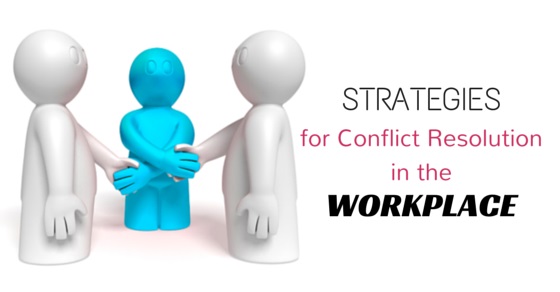How Do You Resolve Disputes Between Employees
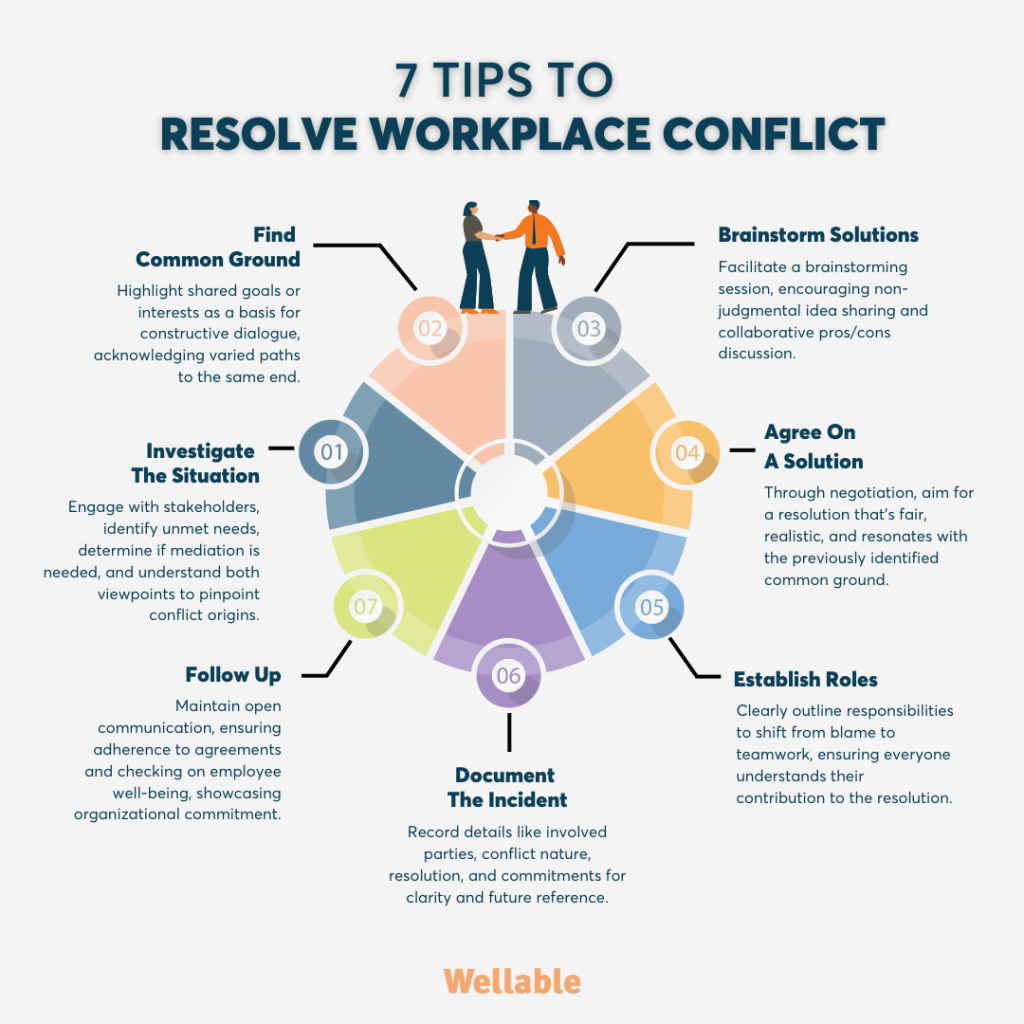
Imagine the breakroom buzz, usually filled with friendly chatter and the aroma of freshly brewed coffee, replaced by an awkward silence. Two colleagues, Sarah and Mark, stand stiffly, the remnants of a heated disagreement hanging heavy in the air. The air crackles with unspoken tension, a situation familiar to many workplaces where personalities and perspectives occasionally clash.
Navigating these conflicts effectively is crucial for maintaining a positive and productive work environment. This article explores strategies for resolving disputes between employees, drawing upon best practices and expert insights to foster understanding and collaboration.
Understanding the Landscape of Workplace Conflict
Workplace conflict is inevitable. Differing opinions, communication styles, and work approaches can all contribute to disagreements. However, these conflicts, if managed constructively, can become opportunities for growth and innovation.
The key lies in addressing the root causes and fostering a culture where employees feel safe to express concerns and work towards mutually agreeable solutions.
The Cost of Unresolved Conflict
Unresolved conflict can have significant consequences. A study by CPP Global Human Capital Report found that employees spend roughly 2.8 hours per week dealing with conflict. That translates to a substantial loss of productivity and can negatively impact morale.
Furthermore, simmering tensions can lead to increased absenteeism, decreased job satisfaction, and even legal issues if left unchecked.
Strategies for Resolution
A proactive approach to conflict resolution is essential. Implementing clear policies and providing training on communication and conflict management empowers employees to address issues early on.
Direct Communication and Active Listening
Encouraging employees to communicate directly with each other is often the first step. Active listening, where each party focuses on understanding the other's perspective, is crucial.
This involves paying attention not only to the words spoken but also to the body language and underlying emotions. It might include phrases like, "So, if I understand you correctly, you're saying..."
Mediation: A Neutral Facilitator
When direct communication fails, mediation can be a valuable tool. A neutral third party, often an HR representative or trained mediator, facilitates a conversation between the conflicting parties.
The mediator helps them identify common ground, explore potential solutions, and reach a mutually acceptable agreement. Mediation emphasizes collaboration and empowers employees to resolve their own disputes.
Formal Grievance Procedures
In some cases, a formal grievance procedure may be necessary. This provides a structured process for addressing serious complaints and ensuring fair treatment.
It typically involves submitting a written complaint, conducting an investigation, and implementing appropriate disciplinary action if warranted. Such procedures, however, should be used as a last resort.
Building a Culture of Collaboration
Effective conflict resolution extends beyond simply resolving individual disputes. It requires fostering a workplace culture that values collaboration, respect, and open communication.
This can involve team-building activities, workshops on communication skills, and leadership training focused on conflict management.
Regular feedback and performance reviews also provide opportunities to address potential issues and promote constructive dialogue.
Consider the words of Ken Cloke, a renowned mediator and conflict resolution expert,
"Conflict is the beginning of awareness. When we are in conflict, we realize we have been avoiding something.”
The Role of Leadership
Leadership plays a critical role in shaping the workplace culture. Leaders should model respectful communication, actively listen to employee concerns, and create a safe space for dialogue.
They must also be willing to address conflicts promptly and fairly, ensuring that all employees are treated with respect. Consistency and transparency in conflict resolution processes are essential for building trust and credibility.
Moving Forward
Resolving disputes between employees is an ongoing process. It requires commitment from both individuals and the organization as a whole.
By implementing proactive strategies, fostering a culture of collaboration, and empowering employees to communicate effectively, workplaces can transform conflict from a source of disruption into an opportunity for growth and improved relationships.
Returning to Sarah and Mark in the breakroom, imagine if they had the tools and support to navigate their disagreement constructively. Perhaps, instead of awkward silence, there would be open dialogue, understanding, and ultimately, a stronger working relationship. The ability to resolve disputes effectively is not just about managing conflict; it's about building a more resilient, collaborative, and thriving workplace.



